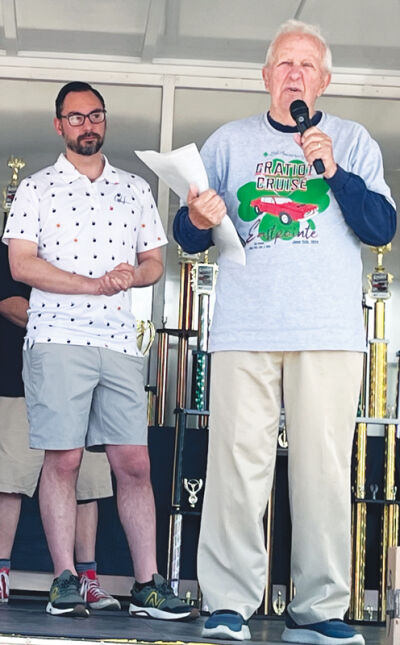Michigan, USA

sterlingheightssentry
Science experiment will blast off this summer
WARREN — A group of eighth grade Middle School Mathematics Science Technology Center students are working on a class project that is out of this world.
Published May 25, 2025
Pat Truong, left, and Alen Pedic had to do a lot of problem-solving to make the project work.
Photo provided
WARREN — A group of eighth grade Middle School Mathematics Science Technology Center students are working on a class project that is out of this world.
Under the direction of earth science teacher Kristy DePolo, the 14 (MS)2TC students have worked since January to build a scientific payload device that will venture on a suborbital flight this summer.
The team, known as World 50, is one of 60 teams from across the U.S. selected as winners in the NASA TechRise Student Challenge (2024-2025), “Exploring Forces That Harm the Atmosphere.” The scientific payload they built will soon launch on a NASA-supported test flight aboard a high-altitude balloon.
World 50’s experiment is designed to investigate pollution in the air. The team’s homebuilt payload will measure the concentration of particles in the air and collect data confirming the levels of ozone, methane and other gases in the atmosphere. A payload — contained within the launch vehicle — is a valuable spacecraft delivered into space.
The NASA TechRise Student Challenge is designed to empower teams of sixth to 12th grade students to design, build and launch experiments on NASA-supported test flights. Winning teams were awarded $1,500 to build their experiment. The students also received support from advisors from Future Engineers, which hosts online challenges for K-12 students.
“I am so proud of my students and honored to be part of TechRise for 2024-25,” DePolo said. “I am grateful for the help from Future Engineers. Without them I could not provide a learning experience like this for the students.”
The class was broken down into small teams of students and each group was responsible for one component of the project. That included wiring, coding, soldering, mounting and presenting the project.
“We put different sensors in it,” Nadir Khalid said. “Air quality, ozone sensor, methane sensor, particulate sensor.”
Khalid said the different sensors will be able to detect the pollutants in the air. Lucas Leeds said the data will be sent to a Metro M4 device.
“The M4 organizes data and sends it to an SD (secure digital) card,” Leeds said. “I’m pretty sure we’ll find more pollution.”
The device is scheduled to be in orbit for a minimum of four hours at 70,000 feet. Travel time is also set aside. The payload will collect data on the way up but not on the way down, DePolo said.
To participate in the program, the students stayed after school every Monday for several weeks to receive virtual lessons from Future Engineers.
“We told them our proposal and our idea, and they told us how to make it possible,” Emma Mize said.
There was a lot of trial and error to see what would and wouldn’t work.
“The mentors would explain to us what needs to happen,” Leeds said. “My team had to do a lot of problem solving.”
“Some of us had to learn to solder,” Nazia Miah said.
“I think this was a good opportunity for us all. Aside from technology, it gave us workable communication skills we wouldn’t get elsewhere as a team,” Alen Pedic said. “Sometimes teammates disagree. Sometimes they have challenges to overcome, especially if you want to pursue a STEM career.”
Some students thought about what it would be like to go into space. Tina Nguyen pictured a lot of darkness. Other students involved in the project were Easton Bourgeois, Angela Franco, Nuzhat Hussain, Lucas Muscas, Robert Perkowski, Liam Stanley, Daniel Shuten and Pat Truong.
The (MS)2TC was developed in an effort to create an innovative environment to foster excellence and vision in teaching, learning and discovering the relationships of mathematics, science, technology and society. Courses cover several subjects, including geometry, biology, interdisciplinary studies, calculus and physics. The students attend school for a half day at the Butcher Educational Center, in Warren, and then attend the other half of the day at their home school.
Advertisement
Let's build the next big thing. Right now!
More from ourcommunitynews.app
eastsider
Roseville artist continues fight against Sheetz af...
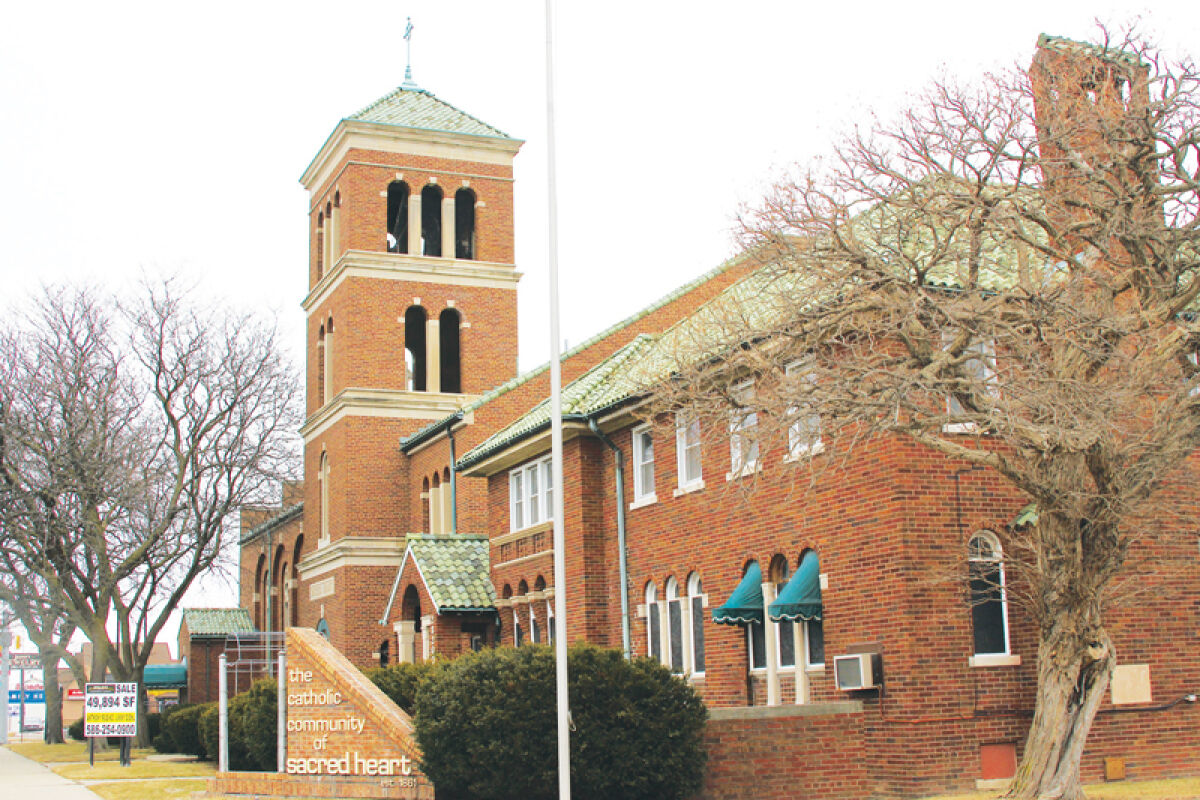
sterlingheightssentr...
Sterling Heights group connects neighbors to overc...
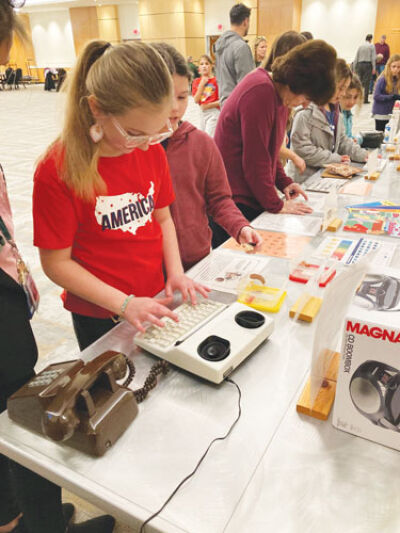
birminghambloomfield...
Deferment program could help Bloomfield Township r...
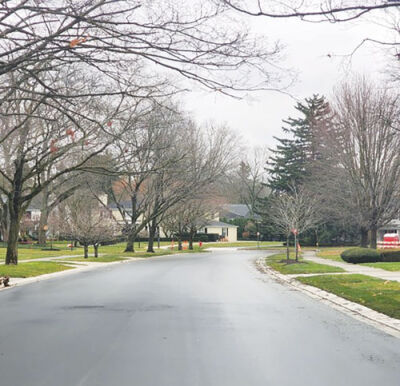
birminghambloomfield...
Detroit Country Day girls lacrosse wins state titl...
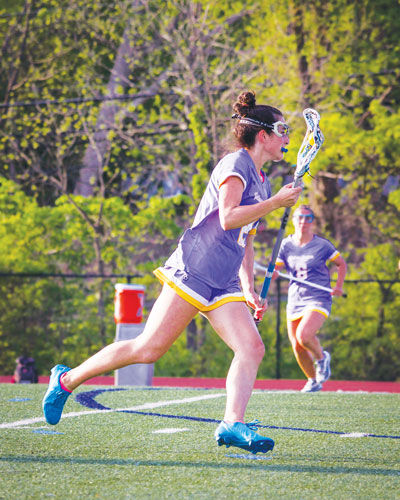
warrenweekly
‘We will not leave victims behind’
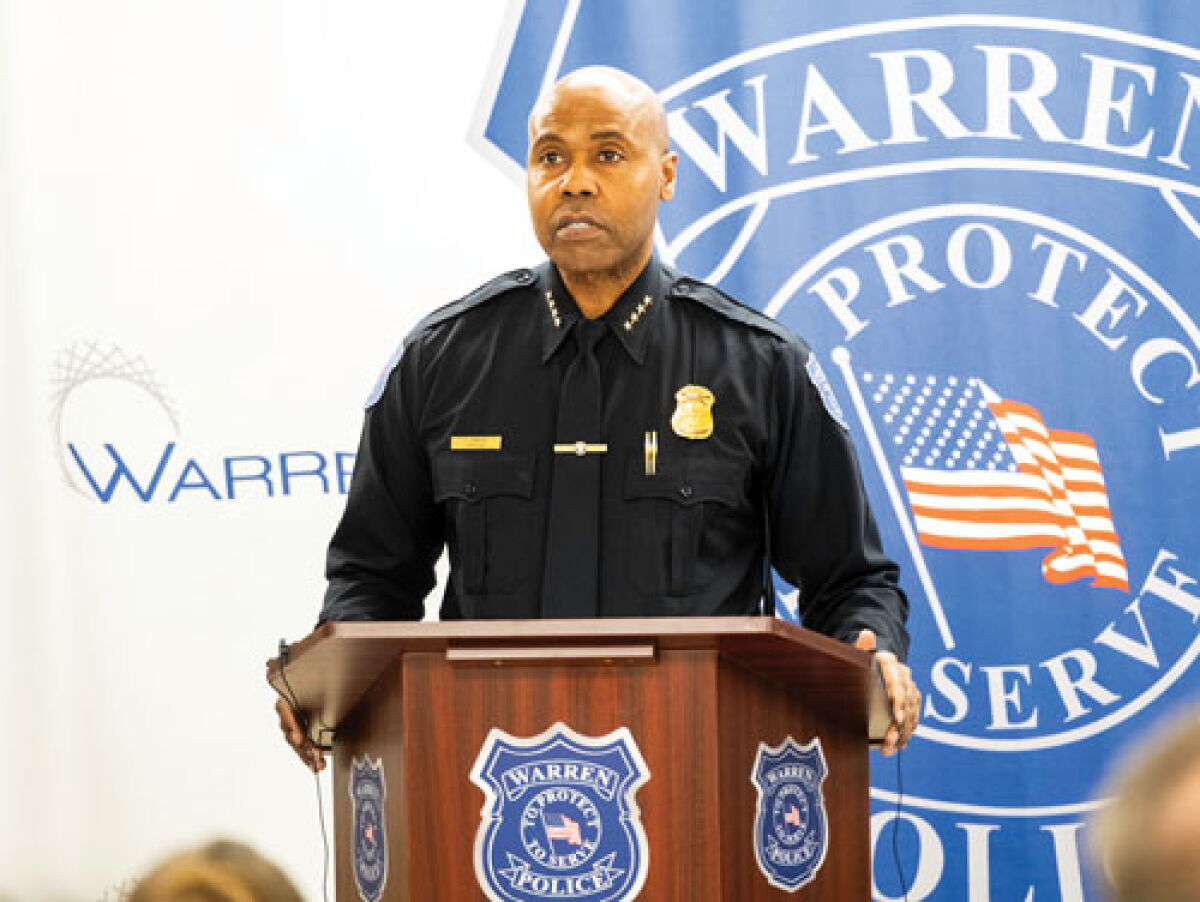
eastsider
Roseville Community Schools in process of developi...
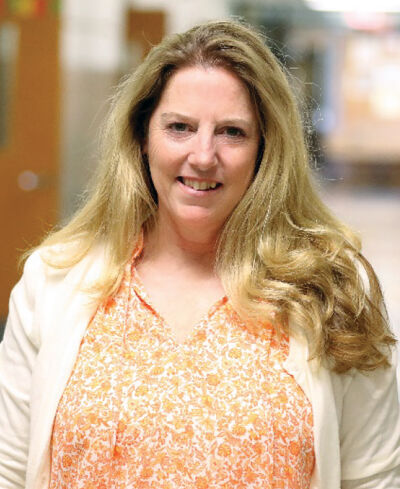
warrenweekly
These students have ‘Winning Futures’
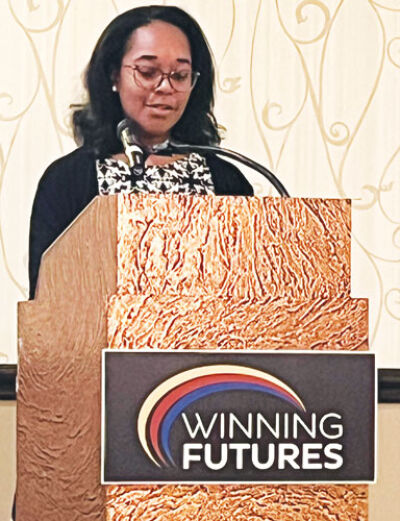
warrenweekly
Warren officer sentenced for actions in 2023 traff...

madisonparknews
Madison Heights to start carts-only model for tras...
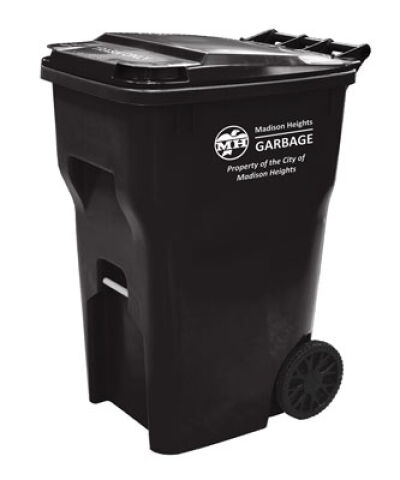
eastsider
Prayer service highlights opening ceremony, Harvey...
